A Very Circular Brand
March 27, 2024
This week I’m featuring someone else’s writing. It’s a nice opportunity to bring a different voice into the mix with similar values. Before we get into that, an update on the circular fashion coalition I’m building with Laura Novich for this summer.
Coalition Update
We have had an incredible response to the circular fashion coalition; we have 25 members signed up from all areas of the circular economy for fashion, including sorters and collectors, resale software companies, repair and refurb specialists, textile recycling pros, brands huge and tiny, remanufacturers and the list goes on. We are so excited to host this group for 12 weekly meetings from May-July, and if you missed out on the registration window please get in touch- you are not too late! Click here to learn more and sign up. Click here for a 2 minute LinkedIn video answering key questions.
Guest Writer
This week I’m handing over my white space to makai moffett, who I met recently. He’s been in fashion for 20+ years, and is now trying to break into the world of circular materials and textile recycling. He speaks Bahasa Indonesia, Bahasa Malayuand and is learning Mandarin! I think his experience and his language proficiency could help unlock some recycling partnerships with Asian countries. Here is makai’s piece:
Is a Hawaiian-based Company the Most Circular Fashion Brand in the World?
by makai moffett
When one thinks of the humble Aloha Shirt, you would never think of it as a catalyst for circular fashion, especially since one brand’s shirts are so coveted by collectors that nary a one will hit the landfill.
Reyn Spooner is that brand.
Although they started as a small menswear boutique on Catalina Island in 1949, it wasn’t until 1959 that Reynolds McCullough (known to everyone as Reyn) started his first Honolulu store after a visit to the islands. His idea of taking a preppy business shirt and printing it with tropical designs was a hit. The real breakthrough came when he reversed the fabric so the tones were muted, giving the shirts their beloved lived-in look. These “Reyn’s” as fans call them, became a staple for everyone from Newport Beach to Newport News. In Hawaii, his company was influential in creating Aloha Fridays. Businessmen could wear a colorful Aloha Shirt In lieu of their normal office gear. This tradition has run to five days a week for local businesspeople, and the choice for many is a Reyn.
These shirts have garnered such a following through the years, that Reyn Spooner advertising has announced them as “the World’s most collected Aloha shirts” and trademarked that tag line. Collectors like me will go to great lengths to find particular patterns and long out of print shirts to add to their already large collections, much to the chagrin of partners and wives! The long and short of it is, these shirts are not going to landfills! I often see certain shirts going upwards of $500 used online, which may be ten years old, or forty.
Like everything else, Reyn’s have seen over a hundred percent price hike over the last 15 years. Why do consumers keep on buying them, and why can you still wear a shirt that’s 40 years old with pride? One word: Quality. Even as production has shifted from Hawaii to Korea, the same craftsmanship is evident in every garment. In a world that is buying $6 tee shirts from fast fashion businesses, why would we spend $120 on a shirt with palm trees and surfboards on it? One word: Quality.
This is just another reminder that the clothing our parents and grandparents bought were of well made and expensive! They lasted through the years and the trends. In fact, from the 1900s to 1950s, American consumers spent approximately 12-14% of their annual income on clothing. Today, we spend about 3%. The crazy thing is we actually buy more clothes—cheap clothes, wear‘em once and toss’em clothes, which is a travesty.
According to Arabella Ruiz, of the roundup.org, the world produces 92 million tons of textile waste every year, and clothing and textiles currently make up at least 7% of the total amount of waste in global landfill space. Between 80 and 100 billion new clothing garments are produced globally every year. Only 20% of discarded textiles are collected, and only 1% of clothes will get recycled into new garments. These are shocking statistics, and if we could all find a sustainably-sourced favorite brand, the planet would be better off.
We have put “fashion” above the things that really matter—sustainability, supporting local businesses, craftspeople, and artisans who make beloved garments that will last. Will we pay a bit more money? Yes. Will it be worth it? Yes, unequivocally!
Makai Moffett is a Honolulu-based brand developer and marketing specialist with over 30 years of experience with apparel companies and lifestyle brands. Makai is passionate about circular fashion, and can’t remember the last time he bought a new garment!
The Podcast: Clothing Repair
Check out our new episode on clothing repair with Nancy Rhodes and Rachel Sterling of Alternew. If you don’t know them, you should!
Join our podcast list to get special podcast content every week
Until next week,

